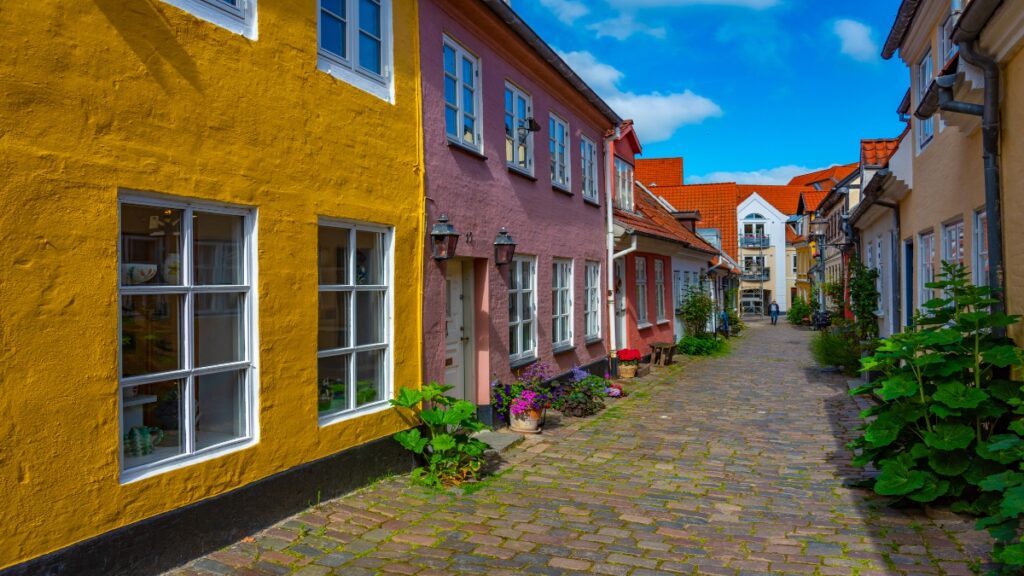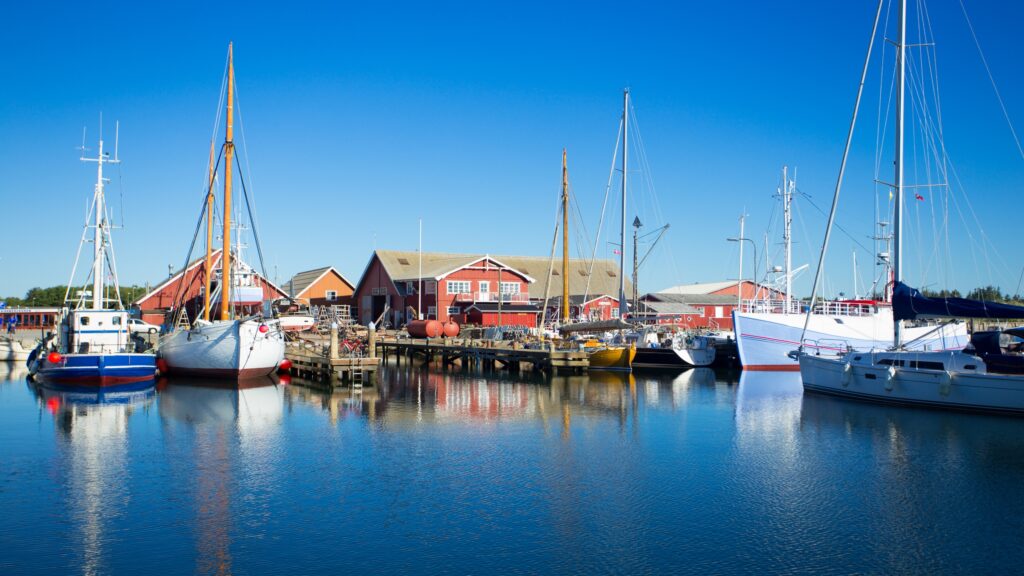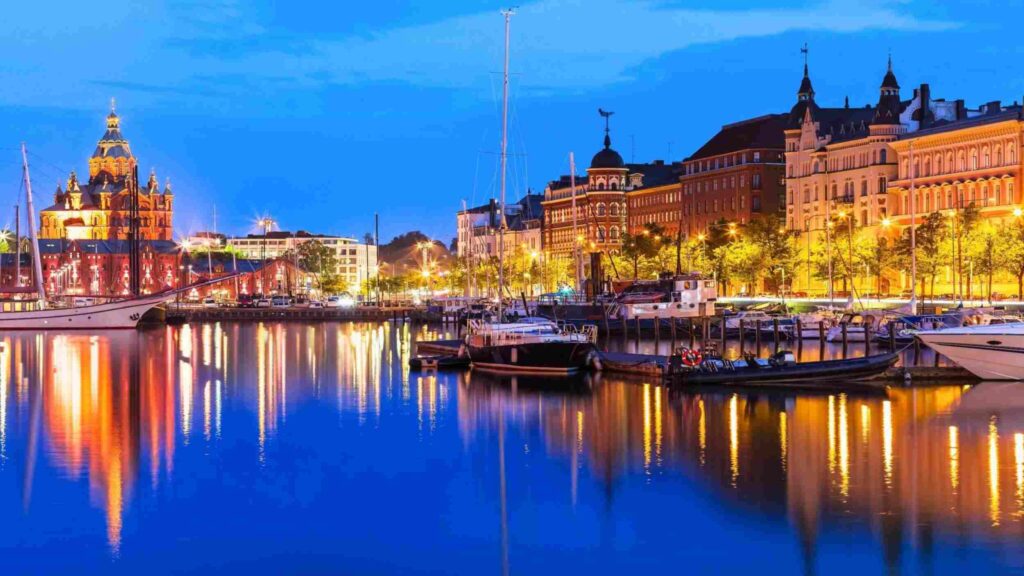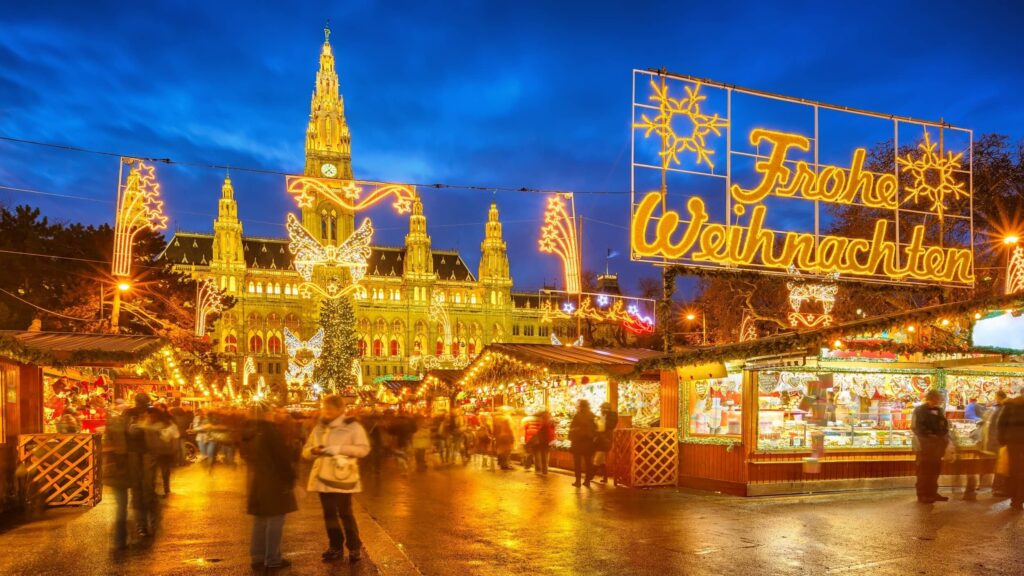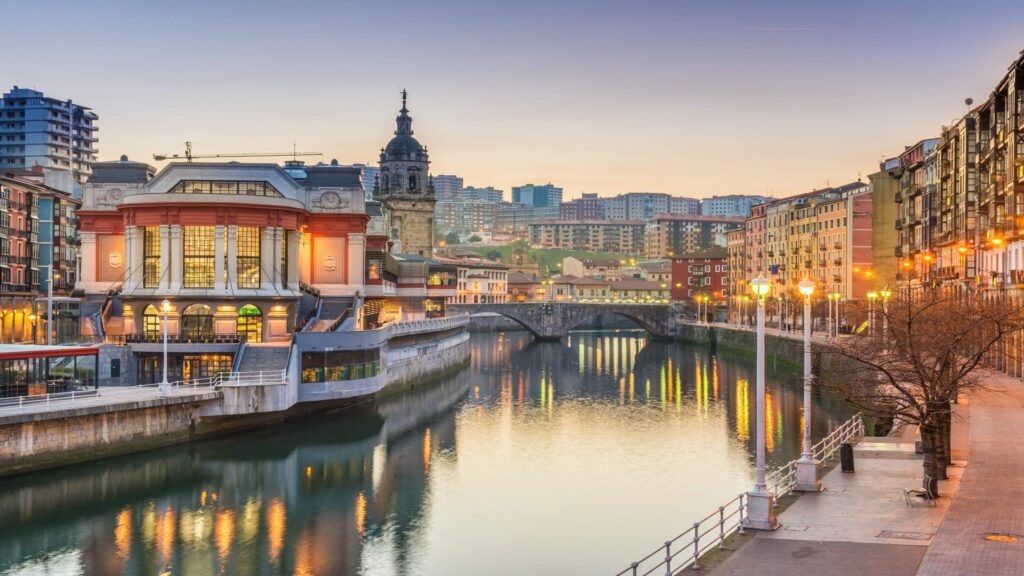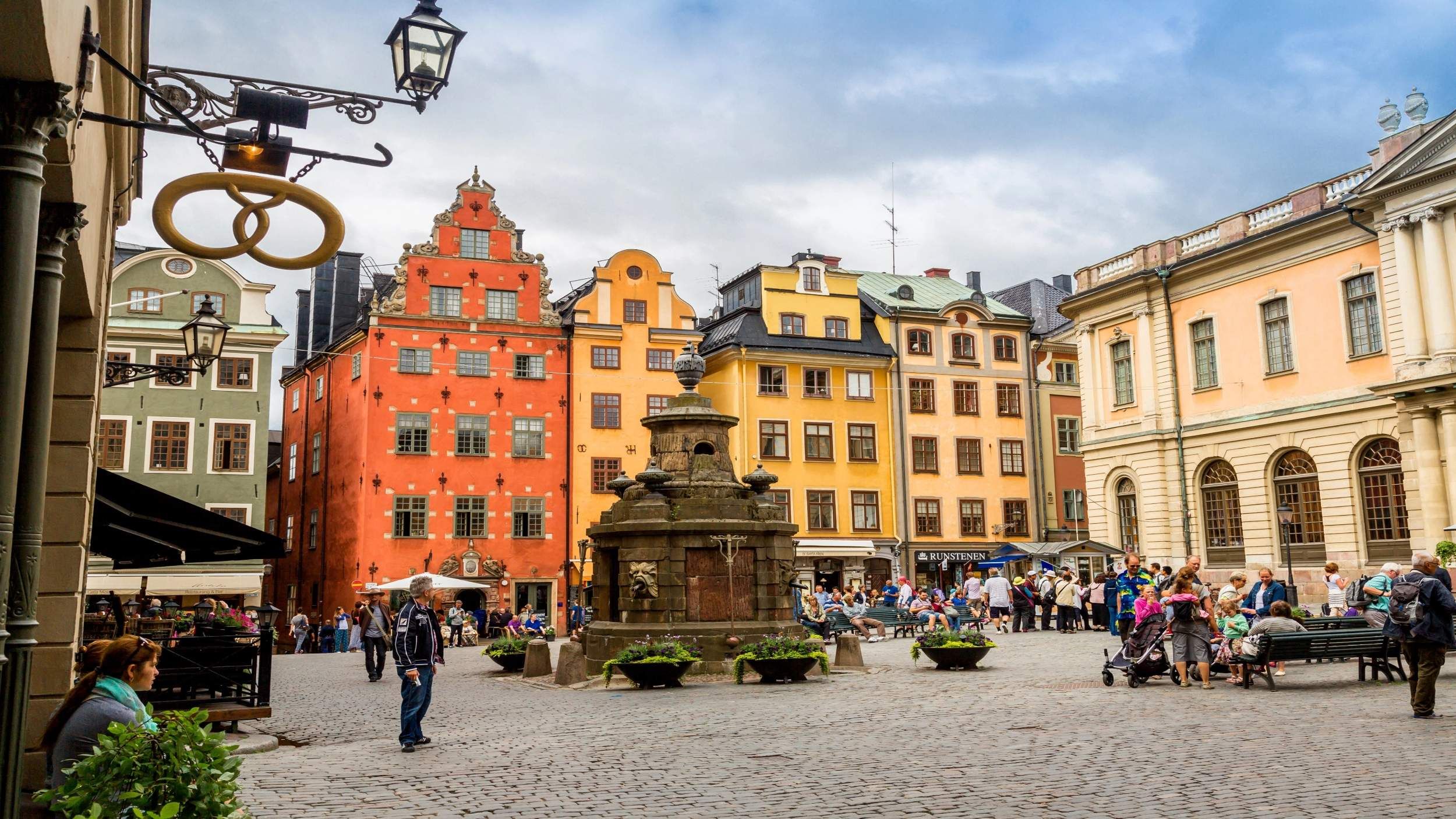
Stockholm vs Gothenburg: A Guide to Sweden’s Premier Cities
Urban adventures await in Sweden’s most captivating destinations. Certainly, each city presents distinctive characteristics that define the Swedish experience. The vibrant comparison of Stockholm vs Gothenburg reveals two unique approaches to Scandinavian life. These cultural capitals shape visitors’ understanding of modern Sweden through their distinctive architecture, traditions, and innovations.
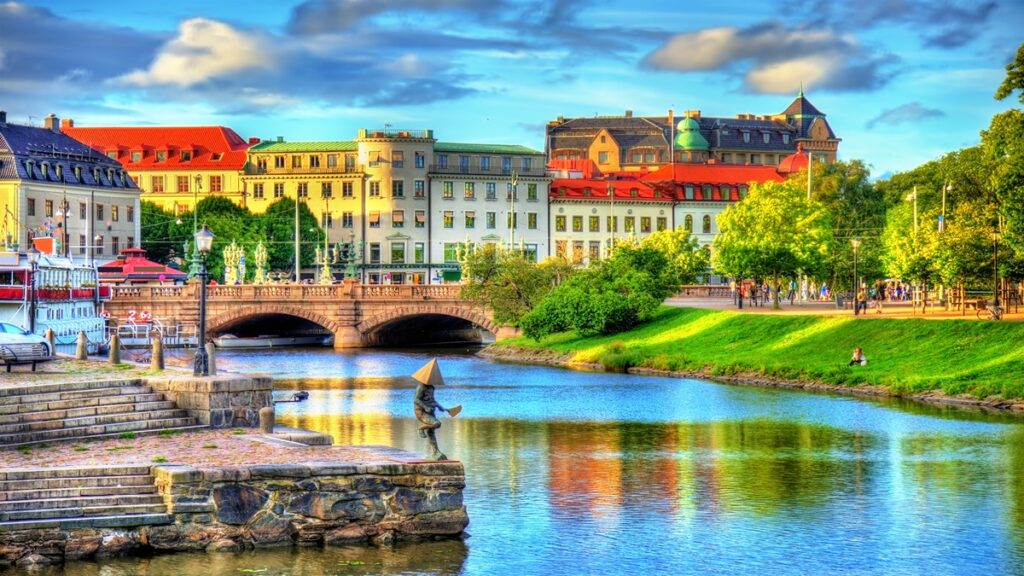
Historic maritime heritage meets contemporary Nordic culture. Gothenburg’s western coastal charm contrasts beautifully with Stockholm’s archipelago elegance. Most importantly, both cities maintain their authentic character while embracing modern Swedish lifestyle trends. Though different in size and atmosphere, each destination offers compelling reasons for exploration. Particularly notable, these urban centres showcase Sweden’s remarkable ability to preserve tradition while embracing innovation.
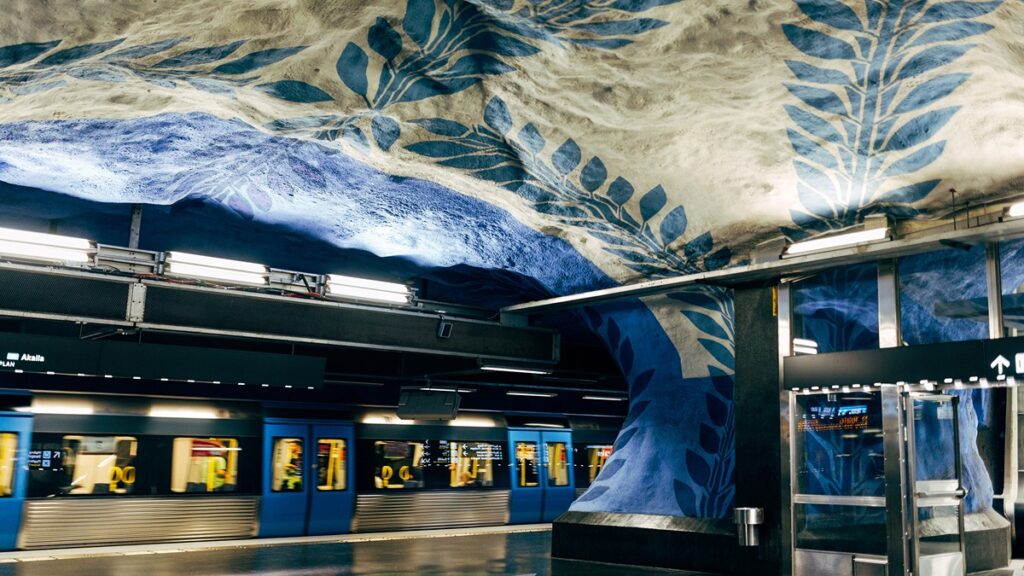
Stockholm vs Gothenburg: Essential Travel Connections
Smart transport planning shapes your Swedish city experience. In fact, the extensive networks connecting these urban centres create distinct arrival experiences. Each gateway into Stockholm vs Gothenburg offers unique advantages for travellers. The efficient public transit systems enhance city accessibility from every entry point.
Stockholm Transportation Networks Explained
The capital’s transport infrastructure stands among Sweden’s finest systems. For example, a comprehensive network of buses, trains, and ferries connects all city districts seamlessly. Essential airport links ensure smooth transfers between terminals and central districts throughout the day.
Arlanda Express delivers visitors directly to Stockholm Central. This premium rail service completes the journey in just twenty minutes. Though tickets cost more than standard buses, the reliable schedule justifies the expense. In contrast, the Flygbussarna airport coaches provide budget-friendly transfer options every thirty minutes.
Local metro stations form the backbone of city mobility. The extensive tunnelbana network reaches most major attractions and neighbourhoods efficiently. Particularly useful, the SL Access smart card enables unlimited travel across all transport modes.
Planning Your Journey Between Cities
Regular train services connect these Swedish urban centres. The journey between Stockholm and Gothenburg typically takes around three hours. On the other hand, domestic flights reduce travel time to just one hour.
Bus services offer budget-friendly alternatives for intercity travel. Companies like Flixbus and Nettbuss operate frequent daily departures. Most importantly, advance bookings often secure significant savings on standard fares.
Rental cars provide flexibility for exploring beyond city limits. The E4 motorway ensures straightforward navigation between these metropolitan areas. Such as parking challenges exist in both city centres, public transport often proves more practical.
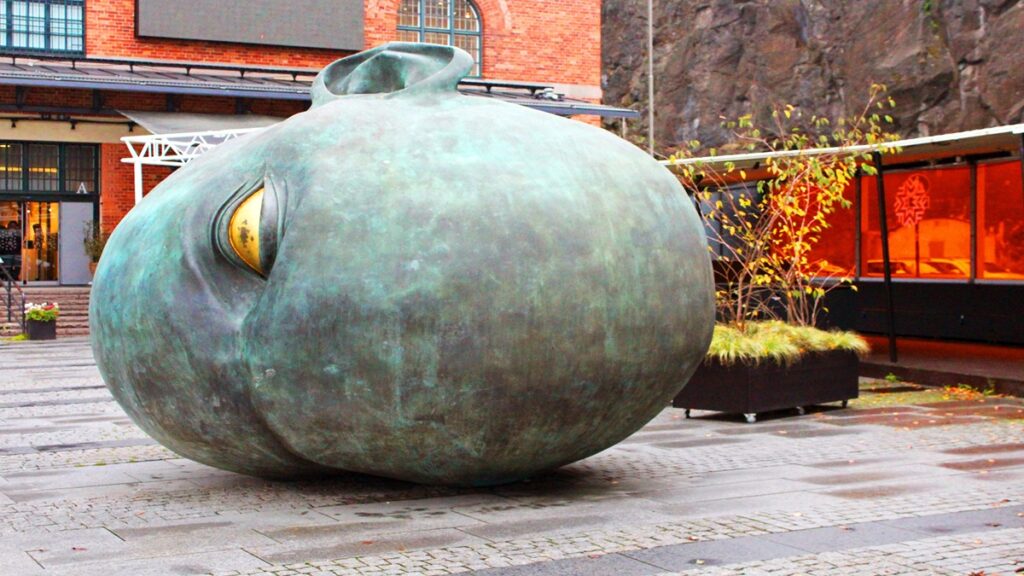
Cultural Landmarks: Stockholm vs Gothenburg Highlights
The architectural heritage shapes Sweden’s urban identity. In fact, each city preserves its unique historical character through distinctive landmarks and quarters. People exploring Stockholm vs Gothenburg discover rich cultural narratives through preserved buildings and monuments.
Stockholm’s Historic District Evolution
Royal heritage defines Stockholm’s historic centre through grand palaces. For example, the majestic Gamla Stan district presents medieval architecture along winding cobblestone streets. In particular, the Royal Palace stands as Northern Europe’s largest inhabited royal residence.
Ancient merchant houses line Stockholm’s waterfront districts today. Though visitors comparing Stockholm vs Gothenburg often note the capital’s unique maritime character. These ochre-coloured buildings reflect centuries of maritime trading heritage in the Baltic. The well-preserved Riddarhuset showcases Swedish aristocratic architecture from the seventeenth century.
Traditional iron streetlamps illuminate historic neighbourhoods after dark. As a result, the atmosphere transports visitors through centuries of Swedish urban development and cultural evolution. Certainly, each narrow alley reveals another layer of Stockholm’s architectural story.
Discovering Gothenburg’s Maritime Heritage
The historic harbour district anchors Gothenburg’s cultural identity. Meanwhile, restored warehouses and shipping offices line the waterfront with distinctive red-brick facades. Most importantly, the Maritime Museum chronicles centuries of Swedish seafaring traditions.
Industrial heritage sites dot the city’s historic quarters. For instance, the Fish Church market hall demonstrates nineteenth-century architectural innovation through iron and glass. The Crown House serves as another testament to Gothenburg’s trading prosperity.
Traditional wooden houses create charming residential neighbourhoods. Additionally, the Haga district preserves authentic Swedish urban architecture from past centuries. Such as these historic areas, each quarter contributes to Gothenburg’s unique character.

Stockholm vs Gothenburg: A Food Scene Comparison
Swedish culinary traditions blend seamlessly with modern gastronomy. In fact, the coastal locations of both cities ensure exceptional seafood accessibility year-round. These urban centres offer distinct interpretations of Stockholm vs Gothenburg dining cultures.
Stockholm’s Nordic Dining Innovation
Michelin-starred restaurants showcase progressive Nordic cuisine in elegant settings. For instance, the capital’s innovative chefs transform traditional ingredients into contemporary masterpieces through modern techniques. Particularly notable, Frantzén leads Stockholm’s fine dining revolution with three Michelin stars.
Local food markets pulse with energy across Stockholm’s districts. Additionally, Östermalms Saluhall presents premium Swedish produce alongside artisanal food vendors. The historic market hall architecture provides an atmospheric backdrop for culinary exploration.
International influences shape Stockholm’s diverse restaurant scene. Meanwhile, Södermalm’s streets host everything from Sri Lankan curry houses to Mexican taquerias. Certainly, this cultural fusion creates unique dining experiences throughout the capital.
Exploring Gothenburg’s Seafood Culture
Fresh seafood defines Gothenburg’s culinary identity through historic markets. While the recent surge in tourism comparing Stockholm vs Gothenburg has highlighted the city’s seafood excellence. The Feskekörka fish market hall serves as the city’s premier destination for local catches. Most importantly, traditional fish auctions continue this centuries-old maritime tradition.
Local chefs celebrate West Coast ingredients with creative interpretations. Restaurant Gabriel transforms daily catches into sophisticated Nordic dishes with modern techniques. Such as these innovative kitchens, many venues honour local culinary heritage.
Traditional food halls preserve authentic Swedish gastronomy. The Saluhallen market offers local specialties alongside international delicacies in historic surroundings. Though smaller than Stockholm’s scene, Gothenburg’s food culture maintains distinctive character.
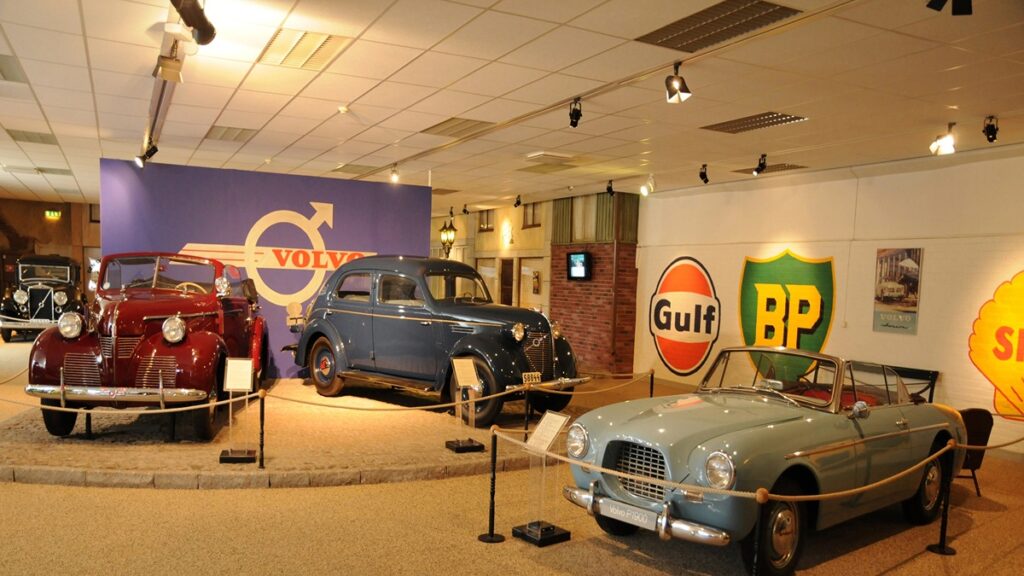
Arts and Heritage: Comparing Stockholm vs Gothenburg
Cultural institutions shape the distinctive character of Swedish urban life. These cities present unique perspectives through diverse museum collections and exhibitions. The comparison of Stockholm vs Gothenburg reveals fascinating approaches to preserving heritage.
Stockholm’s Museum District Experience
World-class museums cluster around Djurgården’s verdant landscape. The iconic Vasa Museum houses an incredibly preserved seventeenth-century warship with remarkable detail. In particular, interactive exhibits bring maritime history alive through engaging storytelling.
Traditional Swedish life comes alive at the open-air Skansen Museum. Historic buildings transported from across Sweden create an immersive journey through past centuries. Most importantly, cultural demonstrations preserve ancient crafts and traditions year-round.
Contemporary art flourishes in Stockholm’s modern galleries. The Moderna Museet showcases influential works from international and Swedish artists alike. Such as these collections, each institution contributes to Stockholm’s artistic legacy.
Gothenburg’s Cultural Quarter Highlights
The Museum of World Culture presents diverse anthropological exhibitions. The ongoing debate of Stockholm vs Gothenburg’s cultural significance takes an interesting turn here. Thought-provoking displays examine human civilization through different cultural lenses. The innovative approach encourages visitors to explore global perspectives and connections.
Maritime heritage takes centre stage at Gothenburg’s waterfront museums. The Maritime Museum chronicles centuries of Swedish seafaring through interactive displays. Though smaller than Stockholm’s offerings, these institutions provide focused historical narratives.

Evening Activities in Sweden’s Top Cities
Urban nightlife reflects each city’s distinct social character. Different districts offer unique entertainment styles across both destinations. The evening scene highlights how Stockholm vs Gothenburg cater to diverse social preferences.
Stockholm’s Entertainment Districts
Sophisticated lounges cluster around Stockholm’s central districts. When comparing Stockholm vs Gothenburg’s nightlife options, the capital showcases greater variety. The medieval Gamla Stan houses historic cellar pubs beneath centuries-old buildings. Particularly notable, each neighbourhood presents its own distinctive atmosphere.
Creative bars enliven the trendy Södermalm quarter. Craft beer enthusiasts gather in atmospheric microbreweries hidden along cobbled streets. Most importantly, this district balances local character with cosmopolitan energy.
Navigating Gothenburg After Dark
Avenyn Boulevard serves as Gothenburg’s premier entertainment street. The vibrant comparison of Stockholm vs Gothenburg nightlife reveals unique local flavours. Stylish cocktail bars and modern restaurants draw diverse crowds throughout the evening.
Student-friendly venues create lively atmospheres in historic quarters. Andra Långgatan’s eclectic collection of pubs welcomes both locals and visitors. Though smaller than Stockholm’s scene, these areas maintain authentic Swedish charm.
Traditional pubs preserve classic drinking culture. Local beer halls offer traditional experiences alongside modern craft breweries. Such as these venues, each establishment contributes to Gothenburg’s distinctive nightlife character.
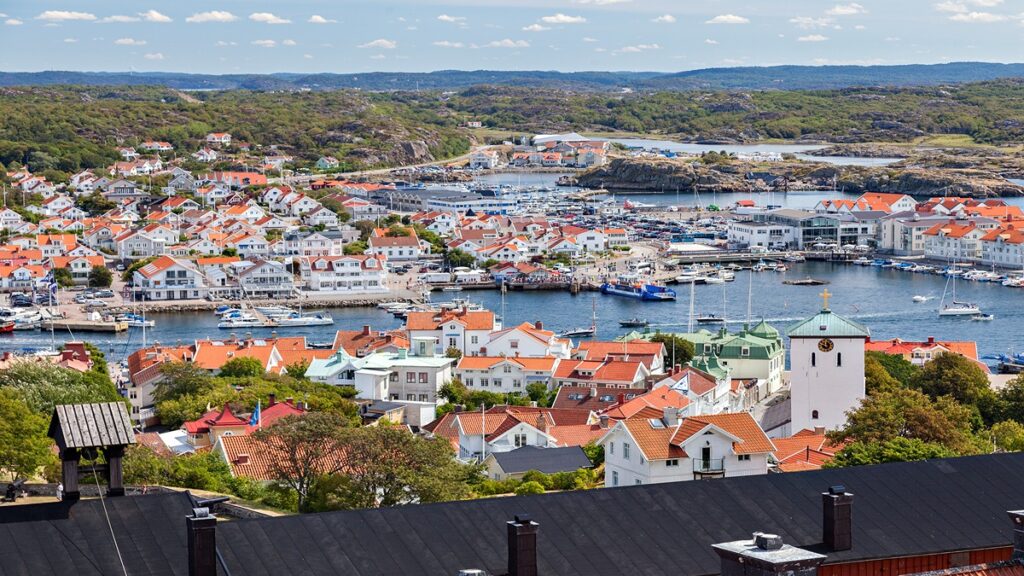
Day Trips from Stockholm vs Gothenburg
Natural wonders surround these vibrant Swedish urban centres. Certainly, each city provides unique gateways to distinctive landscapes and experiences. The regional attractions reflect broader character differences between these major Swedish destinations.
Stockholm Archipelago Adventures
Island-hopping possibilities stretch across thousands of Baltic islands. A detailed comparison of Stockholm vs Gothenburg reveals the capital’s unique maritime playground. The Vaxholm fortress stands guard over pristine waterways dotted with red-painted summer houses.
Historic royal estates dot the mainland surroundings. Drottningholm Palace welcomes visitors with manicured gardens and opulent state rooms. Most importantly, efficient public transport connects these cultural landmarks to the city.
West Coast Excursions from Gothenburg
Charming fishing villages line Sweden’s spectacular western coastline. The Stockholm vs Gothenburg day trip comparison highlights distinct regional characters. Marstrand’s car-free island offers dramatic fortress views and seafaring heritage.
Pristine nature reserves provide peaceful woodland escapes. The Delsjön lakes present perfect picnicking spots within easy reach of the city. Such as these natural havens, each destination showcases unique Swedish landscapes.
Traditional farming communities preserve rural Swedish life. Alingsås invites visitors to experience authentic fika culture in historic surroundings. Though different from Stockholm’s archipelago, these excursions offer equally memorable adventures.

Living Expenses: Stockholm vs Gothenburg Guide
Daily costs shape travel experiences in Sweden’s major cities. Certainly, understanding price differences helps visitors plan more effectively. Exploring these two urban centers reveals significant variations in living expenses.
Stockholm’s Urban Living Costs
Central districts command premium prices for accommodation and dining. In fact, the capital displays a higher cost structure compared to other Swedish cities. Tourist hotspots like Gamla Stan particularly reflect elevated pricing throughout the year.
Restaurant prices vary significantly between neighbourhoods. While fine dining establishments in Östermalm charge notably more than similar venues elsewhere. Most importantly, advance booking often secures better rates at popular establishments.
Budget Planning in Gothenburg
Western Sweden’s largest city offers more affordable urban experiences. The Stockholm vs Gothenburg cost analysis favours the latter for budget-conscious travellers. Local markets and student-friendly venues help visitors manage daily expenses effectively.
Cultural attractions maintain reasonable entrance fees year-round. Museums and galleries typically charge lower admission than their capital counterparts. Though smaller in scale, these venues deliver excellent value for money.
Accommodation options suit various budgetary requirements. Central hotels cost significantly less than equivalent Stockholm properties. Such as these savings, many aspects of Gothenburg life prove gentler on travel budgets.

Outdoor Life: Stockholm vs Gothenburg Compared
Natural landscapes shape daily life in Swedish urban centres. Certainly, each city offers unique approaches to integrating wilderness with urban spaces. The blend of city and nature highlights distinct characteristics between these major cities.
Stockholm’s Green Spaces and Parks
Urban parks create peaceful havens throughout residential districts. In comparison, the capital’s green network stands out with its extensive integrated system. Djurgården’s royal parkland provides extensive trails for walking and cycling year-round.
Public beaches dot the shoreline near central neighbourhoods. Additionally, resident families gather at Långholmen’s swimming spots during warm summer months. Most importantly, these natural spaces remain accessible through efficient public transport.
Gothenburg’s Natural Retreats
Wild coastlines stretch north and south of the city centre. In contrast, the western city reveals distinct coastal characters with its North Sea influence. Dramatic cliffs and hidden coves characterise the rugged shoreline.shoreline’s rugged beauty.
Extensive nature reserves surround the urban perimeter. Delsjöområdet’s network of trails welcomes hikers and mountain bikers throughout the year. Such as these wilderness areas, each location offers unique outdoor experiences.
Traditional Swedish outdoor culture thrives in local parks. The Slottsskogen park preserves native wildlife alongside recreational facilities. Though different from Stockholm’s manicured spaces, these areas maintain authentic natural character.
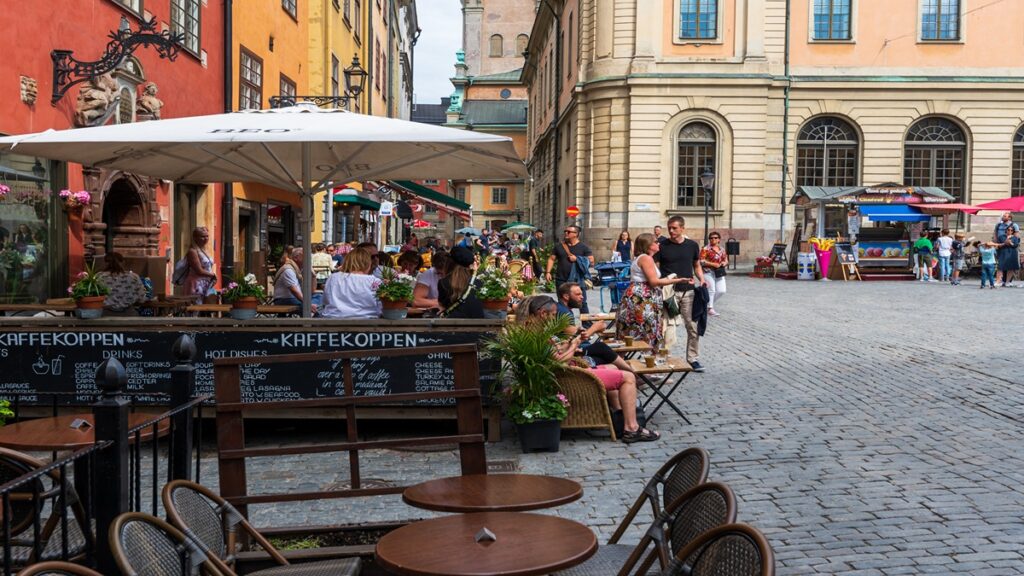
Local Life: Stockholm vs Gothenburg Atmospheres
Urban character defines daily life in Sweden’s largest cities. Each destination offers unique social atmospheres and community experiences. The cultural contrasts of Stockholm vs Gothenburg shape distinct urban personalities.
Stockholm’s Contemporary Culture
Professional energy drives the capital’s weekday rhythms. In fact, the capital displays a more cosmopolitan character with international influences. Norrmalm’s glass-fronted offices house international companies alongside Swedish corporations.
Creative communities thrive in former industrial districts. Additionally, SoFo’s transformed warehouses now host independent galleries and design studios. Most importantly, these neighbourhoods preserve authentic local connections despite urban changes.
Understanding Gothenburg’s Community Spirit
Traditional neighbourhoods maintain strong local identities. In contrast, Gothenburg offers a more intimate atmosphere with close-knit community spaces. Haga’s café culture brings residents together over daily fika rituals.
Student life shapes the city’s social character. Certainly, university communities contribute vibrant energy to historic districts year-round. Though smaller than the capital’s scene, these areas foster genuine local connections.
Maritime heritage influences modern city life. As a result, the working harbour continues to shape Gothenburg’s authentic personality. Such as these traditional elements, each aspect contributes to the city’s distinctive character.
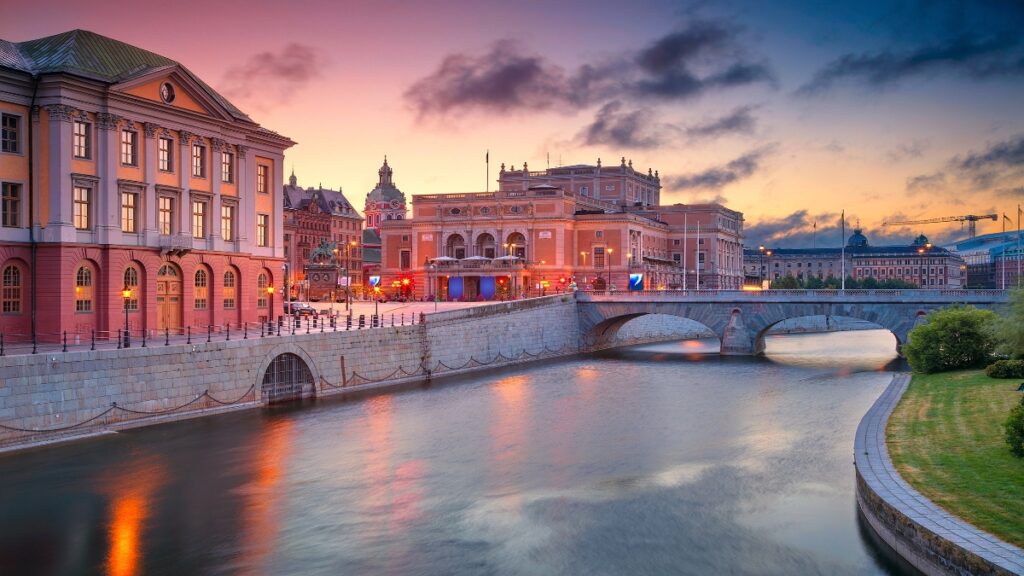
Stockholm vs Gothenburg: Your Swedish City Choice
Sweden’s premier urban destinations offer distinctive paths to Nordic discovery. When comparing Stockholm vs Gothenburg, each city reveals unique Swedish experiences. The capital excels with comprehensive cultural attractions and metropolitan energy, while Gothenburg charms through maritime heritage and authentic local connections. Your ideal choice depends on whether you seek cosmopolitan sophistication or coastal authenticity.


